» Click here to view the PDF version
What’s the problem?
Like us, birds don’t see glass and can be fooled by reflections in glass. When they fly into a glass pane at speed, death is often the result. Birds can also suffer lingering brain injuries, brain swelling and brain bleeds. If a bird seems to regain consciousness and even fly away after hitting a window, there is no guarantee it will survive its injuries. Around the world, many MILLIONS of birds die each year from collisions with windows, perhaps as many or more than the number of birds killed by cats! It’s a MASSIVE problem.
It’s not a problem in Australia, though, is it?
YES, IT IS. Although it’s hard to quantify, there is no doubt that window collisions are taking a big toll on Australian bird populations, a toll that – with other growing threats such as mega-fires and habitat loss – could push some species to extinction. Here are some local stories.
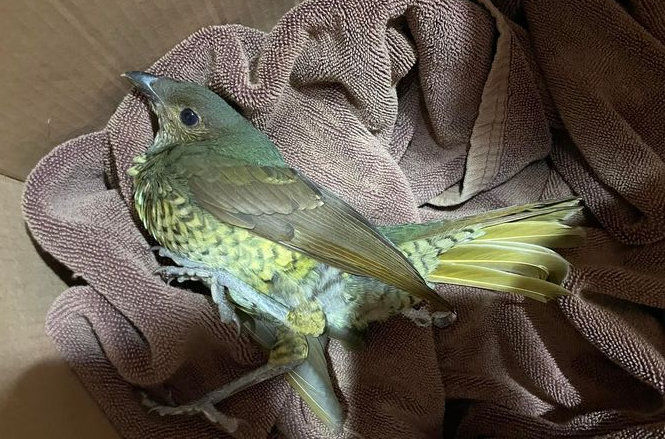
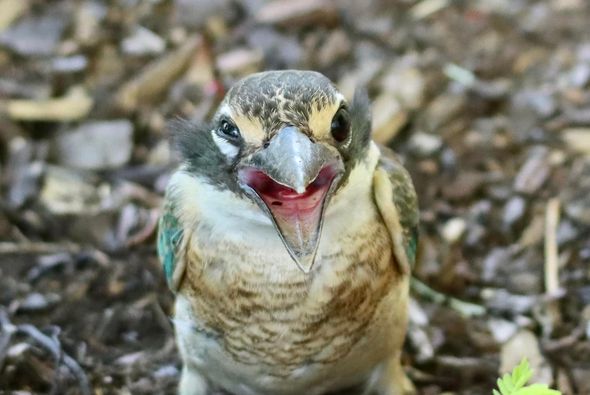
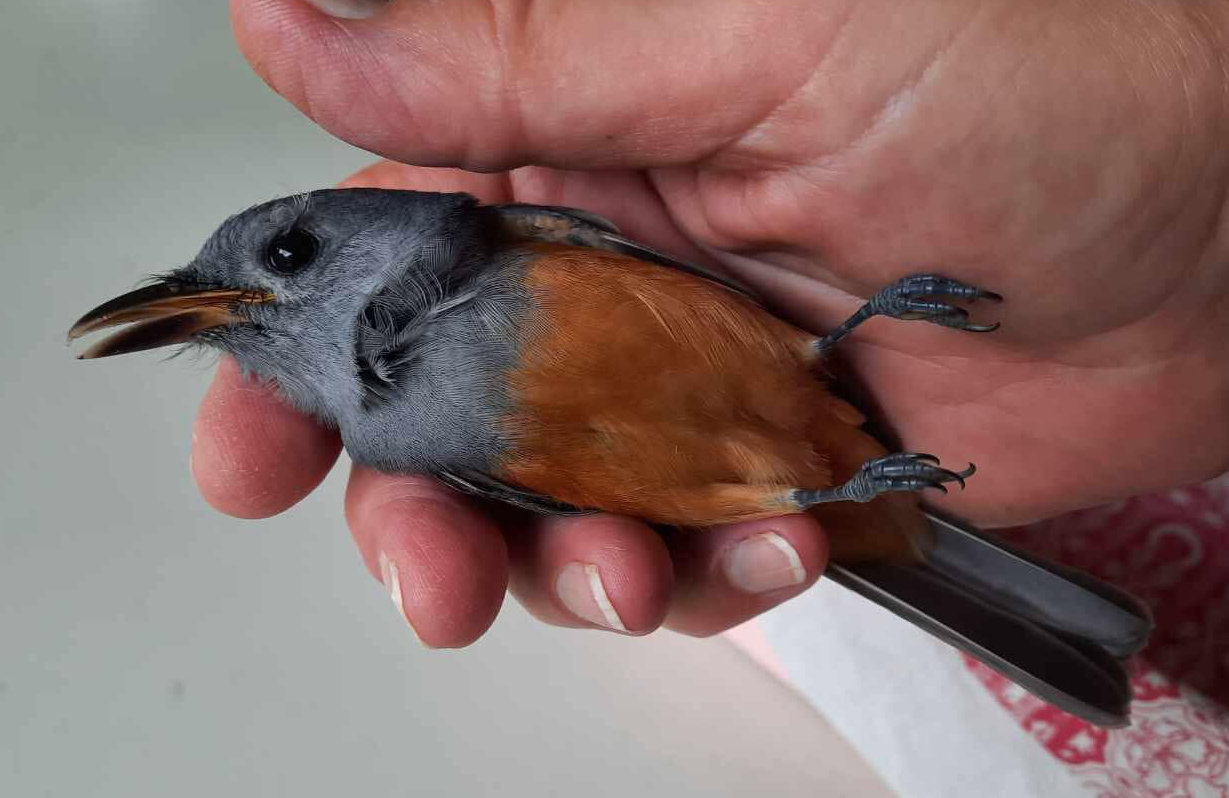
Q: Is there a solution to this horrible problem?
A: Thankfully, yes.
Focussed scientific research in North America and Europe has come up with some bird-safe window solutions. These include:
- UV patterning in glass: humans can’t see UV light but birds can. Several companies have now produced glass that contains UV patterning which warns birds away but doesn’t spoil the view of humans.
- Glass etching: windows can also be etched with patterns that warn birds away.
- Tape, decals and silhouettes: these can be applied to glass surfaces to warn birds away. They need to be applied using the 5 x 10 rule (see inset below).
- Zen Wind Curtains: simple, cheap & elegant hanging cords outside your window. Have a look at birdsavers.com
- One-way transparent film: good for windows that are “light” windows rather than “view” windows.
- Paint your own designs & patterns: use products like Tempera paint soap, inexpensive & long lasting.
- Curtains and screens: these old fashioned solutions work and can be very stylish although impeding views from the window. Place mosquito screens on the outside.
- Placement: putting bird feeders and bird baths in positions that minimise the risk of birds flying into glass. Placing them within 1 metre of the window can prevent fatal collisions.
If you are looking for a solution, we have compiled a list of products on the market, which you can read at the end of this page.
The 5 x 10 Rule
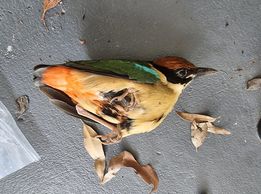
Elements making up a pattern on the glass must be separated by:
- 5 cm if oriented in horizontal rows; and
- 10 cm if oriented in vertical columns.
Reference: Daniel Klem Jr. Solid Air: Invisible Killer (Hancock House, 2021)
What else can I do to help?
- Spread the word to friends, neighbours, councillors, builders, architects, politicians, whoever will listen.
- Support Birds Queensland and other conservation groups in their efforts to have building codes amended to make sure our commercial and government buildings are bird-safe.
First Aid for birds that crash into windows
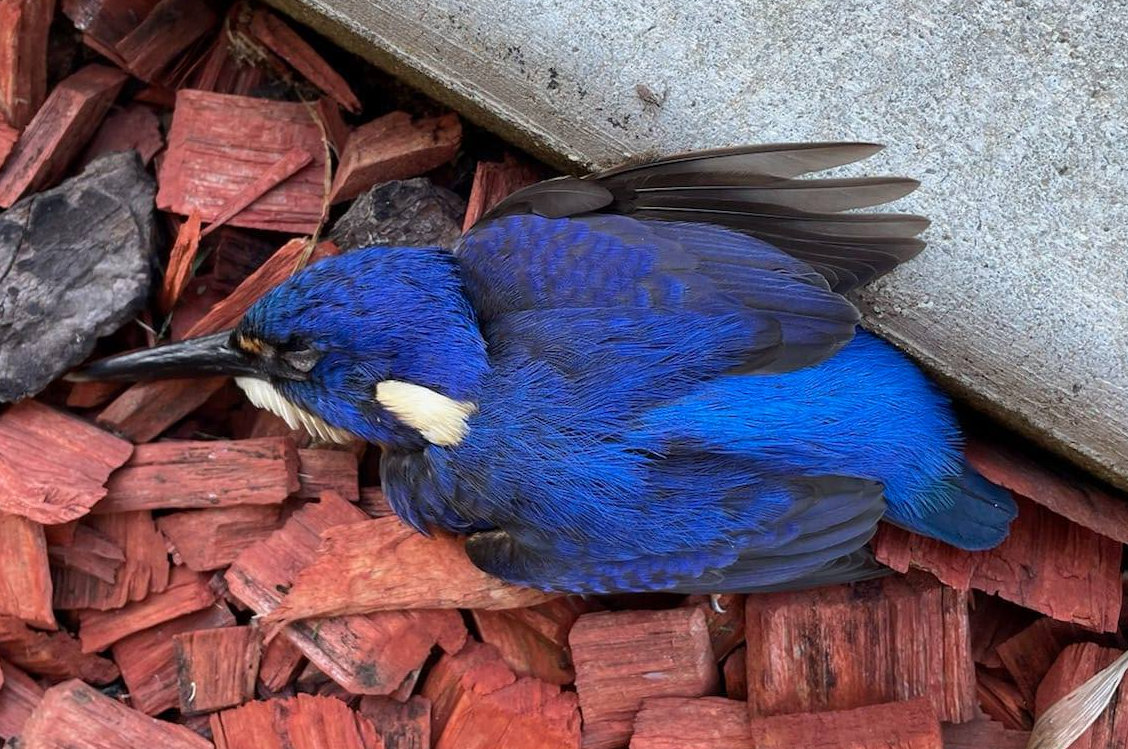
If you find a bird that has crashed into a window:
DON’T
- Assume it is dead and put it in the rubbish bin.
- Leave it there where cats & other predators can grab it.
DO
- Check it for any obvious signs of injury.
- Check if it has a band on its leg (see next page for what to do if it has).
- Gently put it in a cardboard box with air holes and a secure lid. It’s best if the box is just large enough for the bird to extend its wings (not too big, not too small).
- Put the closed box in a safe, quiet and dark place.
- Do not give the bird food or water.
- Contact a vet, wildlife carer, wildlife hospital or RSCPA for help.
- Depending on how heavy the collision was, the bird may recover and be able to be
released outside. Check it periodically. If not, it may have internal injuries that need
attention.
Other things you should do
Give information to researchers
BirdLife Australia has a Bird Strike Project. Go to their website and fill out the online survey with details of the bird strike incident:
https://www.birdsinbackyards.net/content/article/Introducing-Bird-Strike-Project
Queensland Museum (if the bird is dead)
If a dead bird is rare or unusual, the Queensland Museum may be interested in taking it as a specimen. On their website, you can ask them and upload a photo (link below). In the meantime, wrap the specimen in plastic and put it in the freezer.
https://www.qm.qld.gov.au/Explore/Find+out+about/ask+an+expert
This bird has a band on its leg! What should I do?

The bird has most likely been banded by researchers who discover really important scientific information about bird habits and movements by doing so. You need to report back to them so that the information is not lost. Here’s what to do:
Wild Birds
Wild birds are banded in Queensland for research purposes through the Queensland Bird Research and Banding Group, a special interest group of Birds Queensland, and by other researchers. The bands used are typically metal or plastic and are generally found on one, or both, of a bird’s legs.
The Australian Bird and Bat Banding Scheme (ABBBS) maintains banding records for wild birds and bats. The details of bands on birds which hit windows should be reported to the ABBBS to assist researchers.
The preferred method for reporting bands is the ABBBS online reporting tool at https://www.awe.gov.au/science-research/bird-bat-banding/reporting-form. The online form will ask for details and you can upload photos if you have them. Alternatively, bands can be reported to the ABBBS via email abbbs@awe.gov.au, or by phoning 02 6274 2167.
If the bird is dead then, if possible, please:
- Remove the band
- Gently flatten the band and stick it to a piece of cardboard or paper, or place in a transparent resealable bag
Include the following information on a piece of paper: band recovery details including date and location, your name and contact details (so they can mail or email a recovery report to you), whether you have previously reported the bird to the ABBBS. Place the band and recovery information in an envelope and mail to their office at:
The Australian Bird and Bat Banding Scheme (ABBBS)
GPO Box 8
Canberra ACT 2601
Domestic Pigeons and Pets
However, some types of bands should NOT be reported to the ABBBS. These include pigeon bands, pet identification bands and bands used by domestic bird breeders. These bands are often closed rings (the ABBBS only issues split rings) and may be made of metal or plastic. Most domestic pigeon bands are covered in a coloured plastic coating. Bands may be marked with the year of banding, a mobile phone number, club prefix and/or individual ID.
More information about banding can be found on the ABBBS website at https://www.awe.gov.au/science-research/bird-bat-banding
Thanks for doing the right thing and helping bird researchers!
Are you interested in becoming a bird bander in Queensland? Contact the Queensland Bird Research and Banding Group at qbrbgcorrespondence@gmail.com
Bird safe glass & window products
» Click here to view the PDF version

DISCLAIMER: Birds Queensland has no financial interest in the products listed in the Table below. Birds Queensland makes no warranty or representation about the safety or effectiveness of the products listed. Persons interested in purchasing any of the products should contact the manufacturers directly and make their own due diligence enquiries prior to purchase. Birds Queensland accepts no liability for any claims in any way related to the listed products. This list of products is not a complete or comprehensive list of products on the market.
GLASS PRODUCTS
| BUSINESS | PRODUCT | WEBSITE | AVAILABLE IN AUSTRALIA? |
|---|---|---|---|
| Arnold Glas | Ornilux Bird Protection Glass | www.arnold-glas.de |
No (Custom Glass no longer distribute)
|
| DDG Glass | Bird Friendly Glass | ddg-glass.com | No |
| Guardian Glass | Bird friendly glazing | guardianglass.com | No |
| Pilkington | AviSafe Glass | pilkington.com | No |
| Walker | AviProtek Bird safe glass | walkerglass.com | No |
FILM/TAPE/MARKERS
| BUSINESS | PRODUCT | WEBSITE | AVAILABLE IN AUSTRALIA? |
|---|---|---|---|
| BirdShades | Window-film | birdshades.com |
Under development – they do not currently retail
|
| CollidEscape | Window-film, Tape | collidescape.org | No |
| Feather Friendly | Window-film, Tape | featherfriendly.com |
No, but their online store does seem to accept orders for Aus.
|
ZEND Wind Curtains
| BUSINESS | PRODUCT | WEBSITE | AVAILABLE IN AUSTRALIA? |
|---|---|---|---|
| Acopian Birdsavers | Zen wind curtains | birdsavers.com | No.
Website include DIY instructions to make your own.
|
DECAL
| BUSINESS | PRODUCT | WEBSITE | AVAILABLE IN AUSTRALIA? |
|---|---|---|---|
| Sureguard | Window decals and deterrent tape | sureguard.com.au | Sureguard |
| DecordsStore | Window decals | Decords Store on Etsy | Etsy |
| Boao | Window stickers | Boao products on Amazon | Amazon (various sellers) |
| Tiz Tlloz | Window decals | Tiz Tlloz products on Amazon | Amazon (various sellers) |
| WindowAlert | Window decals | WindowAlert store on Amazon | Amazon |
Does your business have a bird safe glass or window product that you would like listed on this flyer? If so, please email detailed information to: conservation@birdsqueensland.org.au



